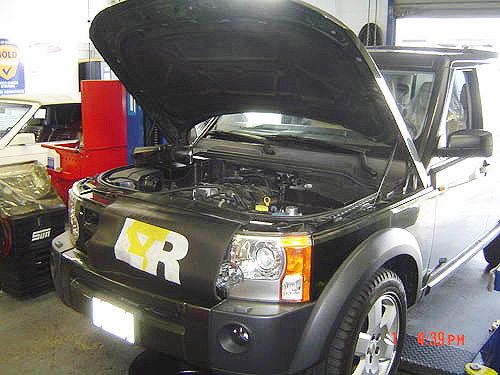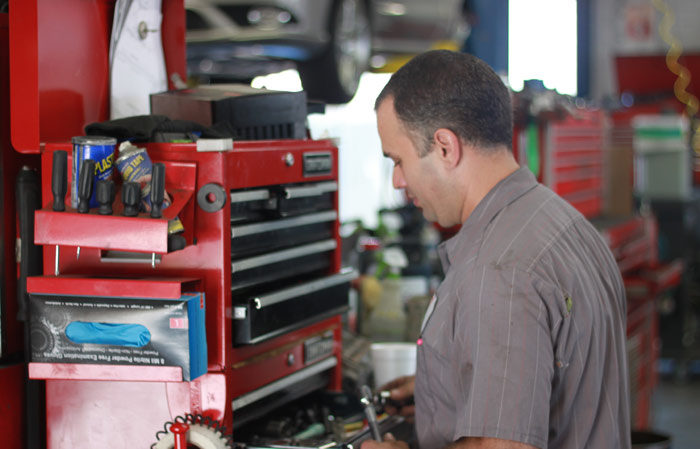
Transmission Flush Vs Drain?
Transmission Flush Vs Drain?
Understanding Transmission Maintenance to Avoid Costly Repairs
How it is important to keep your transmission fluid cool by keeping your engine running at an optimal temperature? Very Important is the short answer. There is a coolant line running from your transmission to your cooling system’s radiator where coolant/antifreeze flows that helps cool your transmission fluid. Keeping your transmission cool especially during hot summer months if very important to the shifting and running condition.
Transmission Flush vs Transmission Drain and Filter Change
The Transmission Flush
A transmission flush removes old fluid from the transmission of a vehicle and replaces it with new fluid, usually between 6-12 quarts, depending on the vehicle. This process also helps to remove residue from the converters, coolers and cooler lines. There are wide ranging views and opinions about whether transmission flushes are necessary or potentially counterproductive.
Some people say that conducting regular transmission flushes will enhance the function and extend the life of the vehicle’s transmission. Others say that transmission flushes using high pressure are unnecessary and can damage the vehicle’s transmission valves and seals, especially in older and/or higher mileage cars, vans, trucks and SUV’s.
Important Note:
Flushes usually contain chemicals to get all the dirt, corrosion and debris out. At All Car we know when to flush and when not to. The wrong time is when you start experience problems, like slipping or if you have an older high mileage car.
The right time is during regular service maintenance intervals that All Car refers to regarding manufacturer specified servicing periods.
Fluid Drain and Filter Change
A fluid drain and filter change is widely considered the most popular and protectively problem preventative service. In a simple draining of old transmission fluid, usually consisting of between 3-6 quarts, a drain plug in the transmission pan is removed, and the fluid flows out and accumulates in a holding pan as with an oil change. This process does not involve using high pressure and makes it possible to remove most of the older fluid, while it does not thoroughly cleanse the system. Such as draining/flushing the stockpile contained in the torque converter, it is easier on the seals and other components.
The result is that there still is a bit of older fluid and residue in the system. When this is the case, the old fluid will mix with the new fluid, which might reduce the effectiveness of the new fluid. However, this process is considerably friendlier to your transmissions components and seals and when doing this procedure and replacing the old filter with a new one. This function can generally provide a considerably decent servicing for your transmission. Transmission filters can and do get clogged with occasional metal parts that can restrict the flow of fluid during driving and shifting. A new filter gives a fresh clean start allowing the fluid to flow evenly and unrestricted.
If you’re not sure which is right for your car, don’t worry — we can inspect it and advise you for your car’s situation.



